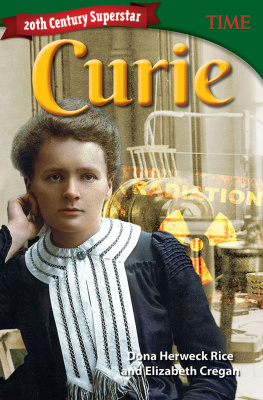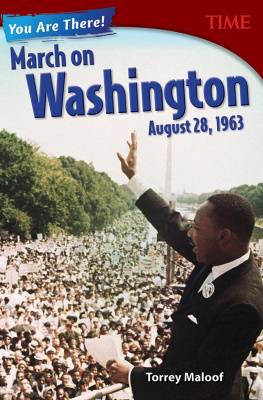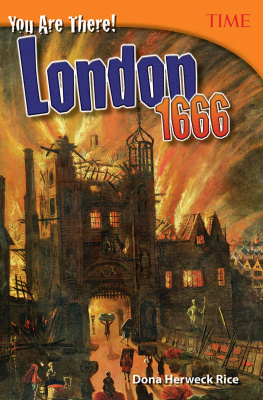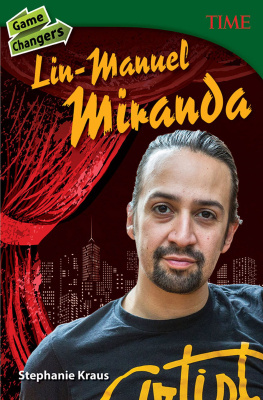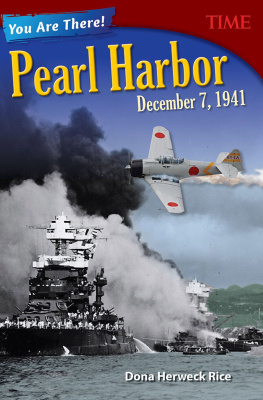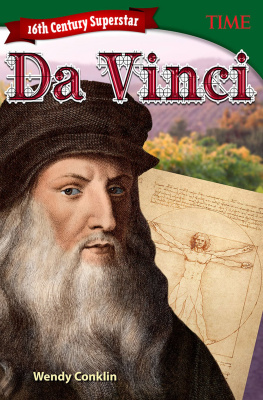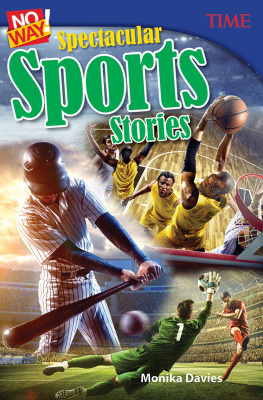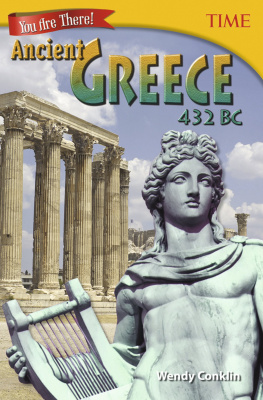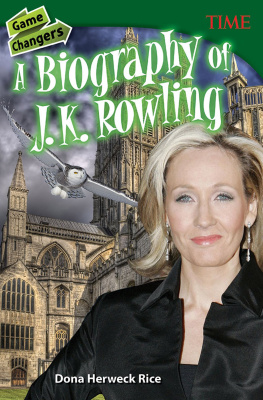
t
h
C
e
n
t
u
r
y
S
u
p
e
r
s
t
a
r
Elizabeth Cregan and
Dona Herweck Rice

Consultants
Timothy Rasinski, Ph.D.
Kent State University
Lori Oczkus, M.A.
Literacy Consultant
This book was originally reviewed by Sally Ride
Science and Jane Weir, MPhys.
Publishing Credits
Rachelle Cracchiolo, M.S.Ed., Publisher
Conni Medina, M.A.Ed., Managing Editor
Dona Herweck Rice , Series Developer
Emily R. Smith, M.A.Ed., Content Director
Stephanie Bernard/Susan Daddis, M.A.Ed ., Editors
Robin Erickson , Senior Graphic Designer
The TIME logo is a registered trademark of TIME Inc. Used under license.
Image Credits: Cover and p. 1 (front) Colorized by Dana Keller, (back)
Science Source; pp. 45 Adrian Grycuk; p. 6 Akademie/Alamy Stock
Photo; p. 7 (front) The Print Collector/Alamy Stock Photo, (back)
Sarin Images/Granger, NYC; pp. 8, 9 Granger, NYC; p. 11 Emmanuel
Lansyer/Getty Images; p. 12 Wellcome Library, London; p. 13 The
Print Collector/Alamy Stock Photo; p. 14, 2021 Science Source; p. 15
Voisin/Phanie/Science Source; p. 16 Astrid & Hanns-Frieder Michler/
Science Source; p. 17 Jacques Boyer/Roger Viollet/Getty Images; p.
18 AFP/Getty Images; p. 19 (top) American Philosophical Society,
(bottom) Yale College class of 1874 class album. Manuscripts &
Archives, Yale University; [. 20 AIP/Science Source; p. 22 SPL/Science
Source; p. 23 (top) Daily Herald Archive/National Media Museum/
Science & Society Picture Library , (bottom) INTERFOTO/Alamy Stock
Photo; pp. 2425 Apic/Getty Images; p. 26 Georgios Kollidas/Alamy
Stock Photo; p. 29 Mary Evans Picture Library/Science Source; all other
images from iStock and/or Shutterstock.
Teacher Created Materials
5301 Oceanus Drive
Huntington Beach, CA 92649-1030
http://www.tcmpub.com
ISBN 978-1-4258-5159-0
2017 Teacher Created Materials, Inc.
Synchred Read-Along Version by:
Triangle Interactive LLC
PO Box 573
Prior Lake, MN 55372
ISBN-13: 978-1-68444-884-5 (e-book)


Table of Contents
Radioactive! ........................ 4
The Girl from Poland ................. 8
Discovering Radium ................. 14
Bringing Her Work to the World ...... 24
The Final Years .................... 26
Glossary ........................... 28
Index ............................. 29
Check It Out! ...................... 30
Try It! ............................ 31
About the Authors .................. 32

Radioactive!
Its like something out of a science ction movie.
Her papers are kept in lead-lined containers. If you
receive permission to study them rsthand, you must
wear protective clothing. The fact is, the documents
are highly radioactive. Exposure to them can be
sickeningeven deadly. Those who want to study the
vast amount of paperwork left behind by the great
twentieth century scientist, Marie Curie, must take
great care not to follow her poisoned path to the grave.
The truth is, Curie is one of the most brilliant,
important, and revolutionary scientists the world has
ever known. She transformed the way people look at the
world of energy and the resources available to us. But in
doing so, she paid the ultimate price. She worked daily
with radioactive materials, long before anyone knew
their dangers. She took detailed notes of her observations
and experiments, as a good scientist does. Little did she
know, her painstaking work was slowly killing her.

Radioactivity
When something gives off energy, it produces
radiation. For example, the sun radiates
heat and light. Curie did not think radiation
was the right word to describe the energy
coming from substances she studied. She
called it radioactivity . It is generated
when the nuclei within the atoms of
radioactive substances break down.
Marie Curie Museum
in Warsaw, Poland
1,500 Years
Many people think that the materials Curie left
behind will stay radioactive for the next 1,500
years. These include her notebooks, clothing,
and furniture. People who are allowed access
to her notebooks must sign a liability waiver .

An Important Scientist
Marie Curie spent her life studying energy called
radiation . In fact, she invented the word radioactive to
describe this energy. Her investigations and experiments
helped other scientists understand how atoms work. Curie
also learned many things that became instrumental in
finding new ways to treat cancer .
Curie was the first woman to win the worlds highest
award for science, the Nobel Prize , in 1903. Her work was
so successful that she won a second Nobel Prize in 1911.
Her husband, Pierre, with whom she won the first prize,
was also a scientist of note. The two worked together until
his untimely death. Their daughter Irne grew up to
become a famous scientist and she, too, won a Nobel Prize.
Irnes two children are also important scientists. They
have continued the family legacy of scientific inquiry.
From her earliest days, Curie was known as a
determined and focused worker and a brilliant scientist.
She would not stop investigating until she found answers
to her questions. Her work with radiation was also
dangerous. She died from aplastic anemia, a cancer of the
blood. It was caused by working with radioactive
materials.
The Nobel Prize
The Nobel Prize was rst awarded in 1901.
It is given to men and women for their
work in science, writing, medicine,

